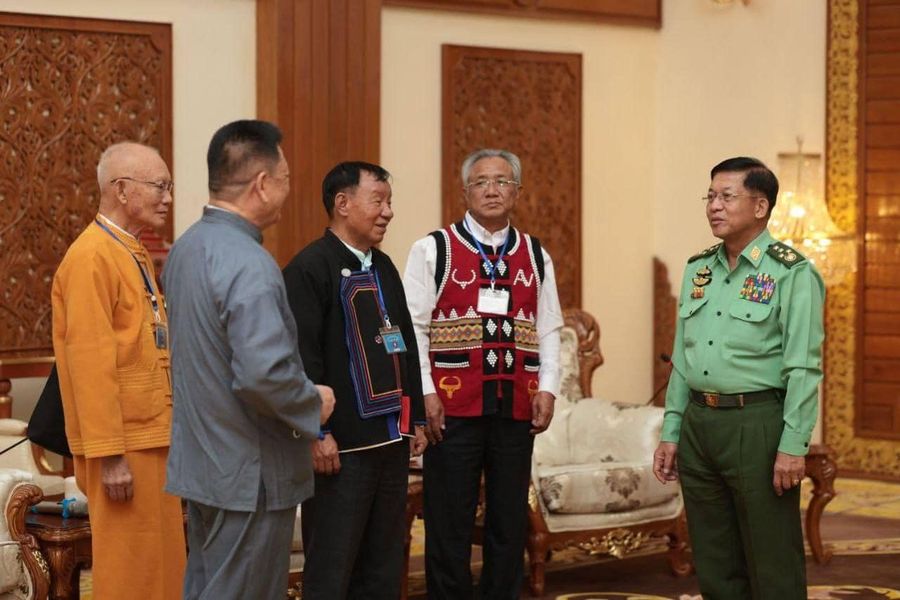CNI News
5 June 2025
As there are numerous armed groups in northern Shan State, Myanmar, conflicts and territorial disputes could increase there, military and political analysts told CNI News.
Following Operation-1027, conflicts and clashes among ethnic armed organizations and territorial disputes have increased in Shan State (Northern).
There are conflicts and clashes between the SSPP/SSA and the MNDAA, between the KIO/KIA and the TNLA, between the SSPP/SSA and the TNLA, and between the MNDAA and the TNLA.
Minor issues between the forces will continue to arise among the armed groups, but since they have a policy to resolve the issues at the table if they arise, they are unlikely to become worse, Dr. Hla Kyaw Zaw, an analyst of China-Myanmar affairs, told CNI News.
"Small battles. Not too big. Because if you live close to the border, you'll have problems like this. When we were in Pangsang, we even had arguments and shootings among ourselves. It didn't go to the point of death. The relevant groups are always talking about having discussions at the table as much as possible. I don't think it will get too big. Small problems will continue to exist. There are small problems not only between the Ta'ang and the KIA but also between the KIA and the SSA." she said.

While seeing the MNDAA
Fighting broke out again on June 1 between the Kokang Army (MNDAA) and the Shan State Army (SSPP/SSA) in Lashio Township, northern Shan State. The SSPP reported that eight MNDAA soldiers were killed in the fighting.
Last month, the central leaders of the two sides met in Pangsang to discuss the military tension between the MNDAA and the SSPP, but the meeting failed due to the MNDAA's territorial demands.
The TNLA also reportedly met with its ally KIA to discuss and resolve the conflicts that occurred in 2024-2025. The northern region of Myanmar is more prone to conflict than the southern region because of the greater number of ethnic armed groups and the greater number of ethnic groups, U Myo Kyaw, a spokesperson for the United Nationalities Alliance (UNA), told CNI News.

While seeing UWSA-NDAA-SSPP leaders and Senior General Min Aung Hlaing
“The constitution of Shan State, even before independence, was a federal state,with 33 Sawbwas, and 33 towns divided into administrative divisions. How will this be revived? But now, there are militias everywhere, in every town and village, ruling their territories. According to the 2008 constitution, the largest number of autonomous regions is in Shan State. In other words, the constitution divides Shan State into parts. That is why these problems have been fueled. That is why there are so many revolutionary forces and armed revolutionary groups there.” he said.
Shan State is home to a variety of armed groups, including the Shan State Progressive Party (SSPP), the Restoration Council of Shan State (RCSS/SSA), the United Wa State Party (UWSA), the Myanmar National Democratic Alliance Army (MNDAA), the National Democratic Alliance Army (NDAA), the Kachin Independence Army (KIA), the Ta’ang National Liberation Army (TNLA), the Pa-O National Liberation Organization (PNLO), the Lahu Democratic Union (LDU), and the People’s Defense Forces (PDFs).
Moreover, there are armed groups in Shan State, such as militia, Pyusawhti and border guard forces that are serving under the command of the Myanmar Tatmadaw.




